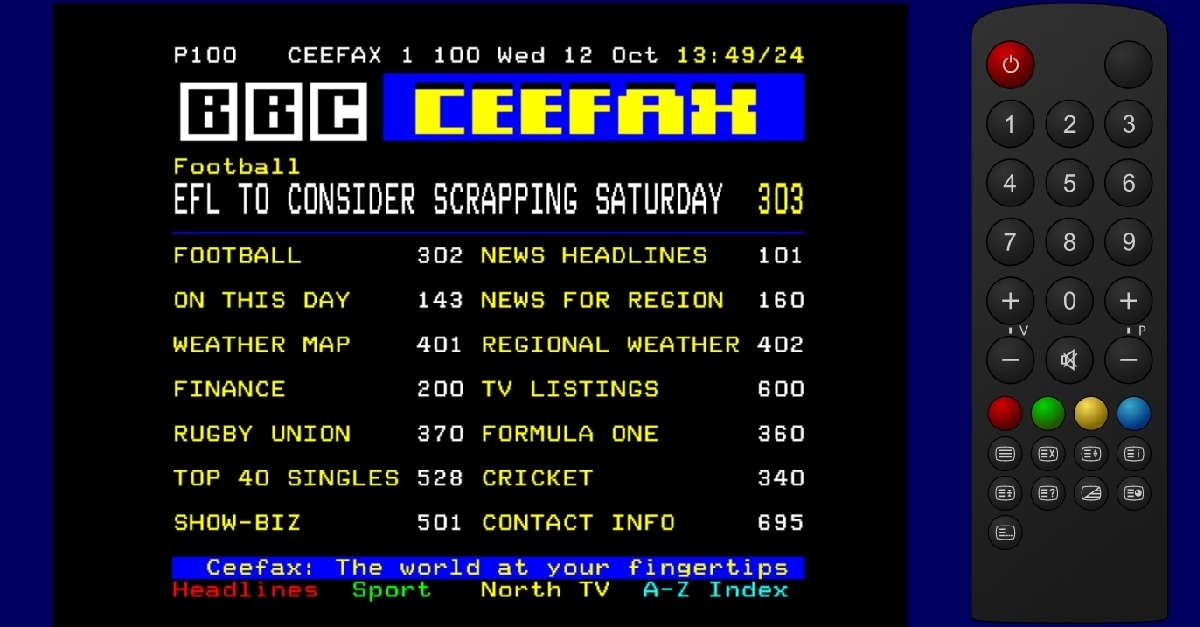
Using low-code tools to iterate products faster
Back in 2015, I was leading an engineering team at an early-stage education technology startup. We had built an early version of our textbook rental platform, but user adoption was slow and the sales cycles are long when you’re selling college textbooks (students generally only buy them twice per year).
As we debated ways we could grow faster, one of the company’s founders decided he wanted to try something new: he was going to “build” a question and answer platform (like Stack Overflow) for our users. This would allow us to offer college textbooks and original content and discussions that traditional retailers didn’t have.
The idea turned out to be a good one, and eventually, the company dropped textbook rentals to focus purely on discussions. But, the interesting lesson for me as a software engineer was that the first iteration of this platform was built with almost no custom code. Our non-technical founder was able to put together a usable question and answer platform with custom styling, email invitations, a payment portal, and semi-automated reporting using a selection of off-the-shelf tools and about 200 lines of JavaScript.
Like many developers, I was skeptical of using software we had little control over, but after a few years of exploring this issue, I’ve gotten a lot more bullish on low-code tooling. Buying software instead of building it has advantages, especially when your goal is to iterate faster.






















